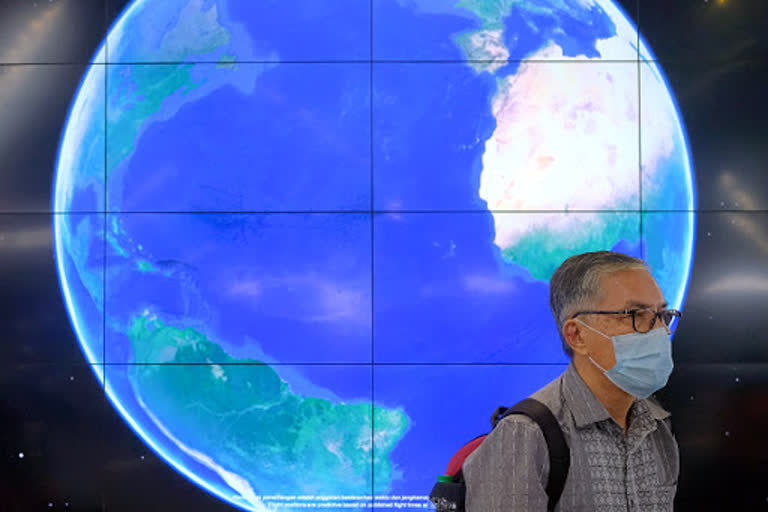Hyderabad: As coronavirus is spreading like wildfire, the immediate impact is seen on trade and commerce. Seoul-based Hyundai shuts its seven out of thirteen automobile plants as spare parts from China couldn’t reach South Korea’s shores.
Back in India, a variety of exports to China like chilli from Andhra Pradesh and cotton from Maharashtra affecting local farmers and industries.
North Eastern State of Manipur has banned the import of packaged food items from China, Myanmar and Southeast Asian countries which do not comply with FSSAI regulations.
It is evident that if the deadly virus is not contained immediately, not only China, all the countries that have a significant trade, commerce and tourism relations will be adversely affected.
Read more: Corona Effect: Cotton export to China closed; Indian farmers in distress
Talking to reporters on monetary policy on Thursday Reserve Bank of India (RBI) Governor Shaktikanta Das suggested that a contingency plan should be prepared to deal with the impact of the virus on the economy.
Dangerous than SARS
As per HIS Markit report, coronavirus will have a larger negative effect on the global economy than the SARS (Severe Acute Respiratory Syndrome) outbreak in 2003.
At the time of SARS, China was the sixth-largest economy, accounting for only 4.2 per cent of world GDP. China is now the world's second-largest economy, accounting for 16.3 per cent of world GDP.
Therefore, “any slowdown in the Chinese economy sends not ripples but waves across the globe," said the report.
In addition to the countries in the Asia-Pacific Region, Middle East countries will also be affected due to China’s high dependence on middle east oil.
In 2019, China's oil demand was 13.9 million barrels per day or 14 per cent of the world market as compared to 5.6 million barrels per day in 2003 which equated to 7 per cent of world demand.
If the current confinement measures in China are lifted progressively beginning in March, there would be a reduction of global real GDP of 0.8 per cent in January-March and 0.5 per cent in April-June, the report said.
(With Inputs from PTI)



